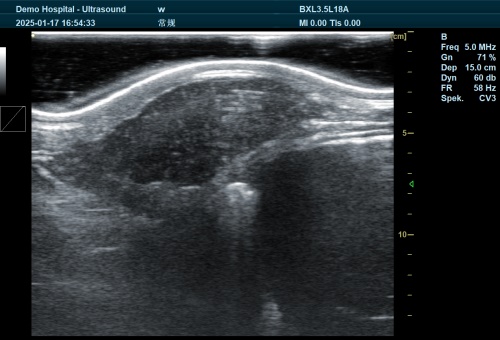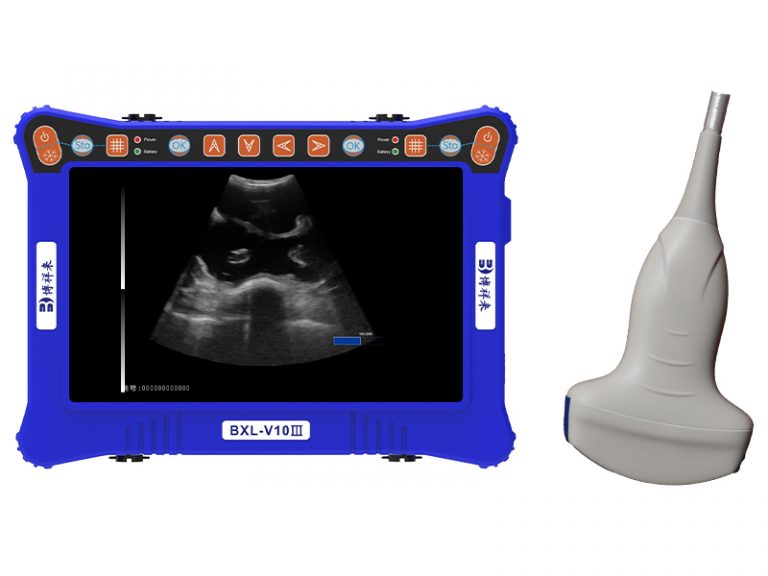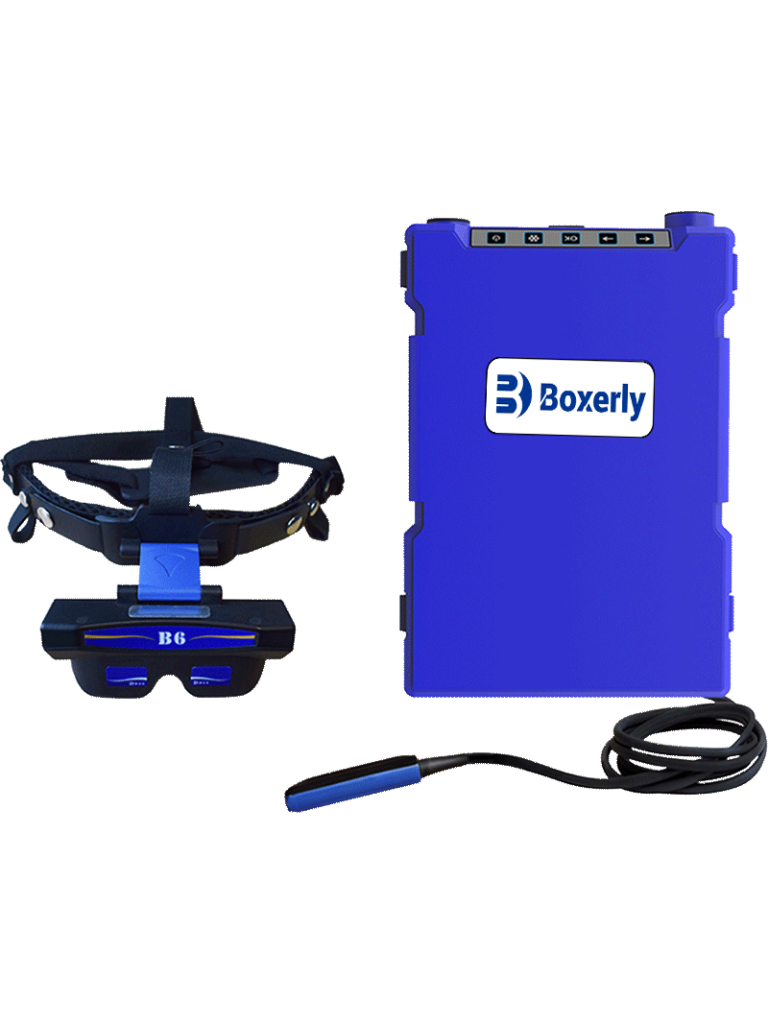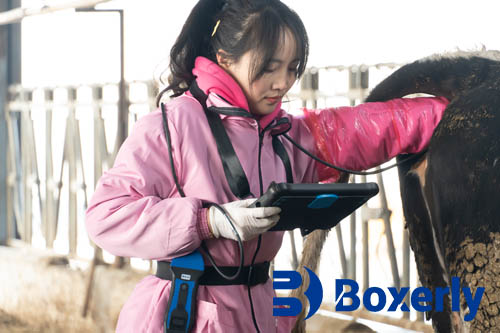What Is the Ideal Backfat Thickness in Cattle?
If you’re involved in cattle farming, you’ve probably heard the term backfat thickness more than once. But what exactly does it mean? In simple terms, backfat thickness refers to the thickness of the subcutaneous fat layer on a cow’s back, typically measured in millimeters. This number directly reflects the animal’s fat reserves and is closely tied to meat quality and growth condition. For instance, if a beef cow has excessive backfat, it may indicate too much fat deposition, which can negatively affect meat yield. On the other hand, if the backfat is too thin, it might suggest poor nutrition. In this article, let’s explore how to measure this value and how to use the data to optimize your herd management strategy.

So, What’s the Ideal Backfat Thickness in Cattle?
There’s no single “standard” answer, because the ideal backfat thickness varies depending on the breed, age, and purpose of the cattle. For example, Chinese Yellow Cattle—a common local breed—may have a normal backfat thickness ranging from 5 to 15 mm in adulthood. But this range changes based on the production goal. Some beef cattle breeds are genetically predisposed to accumulate more fat, resulting in thicker backfat. Conversely, dairy cows usually have less fat because their energy goes toward milk production.
Studies also show that a cow’s backfat thickness changes throughout its life stages. During early growth, calves tend to have less fat as they focus on developing their skeletal structure. It’s only later, during the finishing phase, that backfat becomes more prominent. So when assessing whether a backfat reading is healthy, one must consider the animal’s breed, age, and production purpose together.
Practical Methods for Measuring Backfat
The most commonly used tool for measuring backfat is a veterinary ultrasound machine, similar to the equipment used for human medical exams. The first step is to restrain the cow properly—usually in a chute or restraint system—to prevent sudden movement. Then, locate the measurement site: typically, the area between the 12th and 13th ribs, about 3–5 cm off the spine.
It’s important to prepare this area by trimming or brushing the hair to ensure good contact with the ultrasound probe. Next, apply a layer of coupling gel (similar to transparent medical gel) to the cow’s back and gently move the ultrasound probe across the skin. The fat layer will appear on the monitor in real time. Experienced operators can read the thickness directly, while beginners may use the machine’s built-in measurement tools to mark the boundaries of the fat layer.

How to Use the Data to Optimize Herd Management
Getting the backfat measurement is just the beginning—the real value comes from applying the data. For example, if one or more cows in a group have noticeably thinner backfat than their peers, it might mean they’re not getting enough feed or could be suffering from parasitic infections. These cows might need supplemental nutrition or deworming. Conversely, if most animals in the group show excessive backfat, it may suggest the feed formula is too energy-dense and needs adjusting.
Some farms go further by analyzing backfat data alongside weight gain trends. If a cow gains weight rapidly but maintains thin backfat, it likely indicates efficient muscle development. If a cow gains weight slowly but has thick backfat, it might signal lack of exercise or an imbalance in energy distribution. Over time, consistently recording and analyzing these figures can help farmers identify animals with efficient fat deposition traits, enabling smarter breeding decisions and gradual improvement of herd quality.


Common Challenges and Tips in Real-Life Applications
Of course, real-life measurements aren’t always smooth. In winter, for instance, the cow’s skin tends to be tighter and the coupling gel dries out faster—so you may need to reapply gel multiple times. In summer, sweat can interfere with the reading, so always wipe the skin dry before scanning.
Some cows are particularly sensitive and may swish their tails or fidget as soon as they feel the probe. In these cases, try calming the animal with a food distraction or perform the scan after feeding, when they are more relaxed. With practice, these small issues become easy to manage.
So the next time you perform a backfat measurement, give these tips a try—you might just discover a “hidden gem” in your herd that shows exceptional potential!






I’ve been wondering about the whole backfat thing for a while, especially with our mixed herd. This article actually cleared up a lot—didn’t realize there was such a sweet spot for fertility and feed efficiency. Would love to see more examples or pics of how different backfat levels look on real cows, though. Makes it easier to gauge without fancy tools.